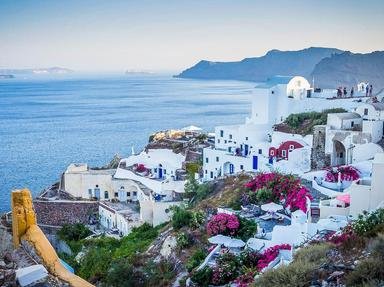Quiz Answer Key and Fun Facts
1. The famous cathedral city of Winchester was England's first capital. In what county of South East England, which might remind you of a US state, is it located?
2. Once known as Nidaros, this former capital of the Kingdom of Norway is home to the world's northernmost medieval cathedral. Which is the name of this city in west-central Norway?
3. A former capital and royal residence, the Swedish city of Uppsala is also the seat of which oldest institution in Scandinavia?
4. One of Russia's oldest cities, and a UNESCO World Heritage Site, which city - whose name means "new town" - was the capital of a large and powerful state in the Middle Ages?
5. The official capital of Poland until 1596, Kraków is the country's second-largest city, and one of the most beautiful cities in Europe. Which influential figure of the second half of the 20th century is associated with it?
6. The beautiful city of Dresden in eastern Germany is the capital of a federal state that was for centuries an independent principality and kingdom. What state (not related to England, in spite of its name) am I referring to?
7. Now a major international tourist destination, the Croatian city of Dubrovnik was the capital of a prosperous maritime republic from 1358 to 1808. By what name (shared by a city in Sicily) was it known at the time?
8. One of the largest ports on the Adriatic Sea, Durrës is a city of ancient origin that was the capital of a kingdom during the Middle Ages. In which Southeastern European country is it located?
9. Now a regional capital, and one of Italy's largest metropolitan areas, Palermo was the capital of the Kingdom of Sicily for almost seven centuries. On the coast of which sea does the city lie?
10. Yet another city dominated by a magnificent Gothic cathedral, and one of Spain's wealthiest cities, Burgos was once the capital of which kingdom - whose name is also associated with the standard dialect of Spanish?
Source: Author
LadyNym
This quiz was reviewed by FunTrivia editor
agony before going online.
Any errors found in FunTrivia content are routinely corrected through our feedback system.
